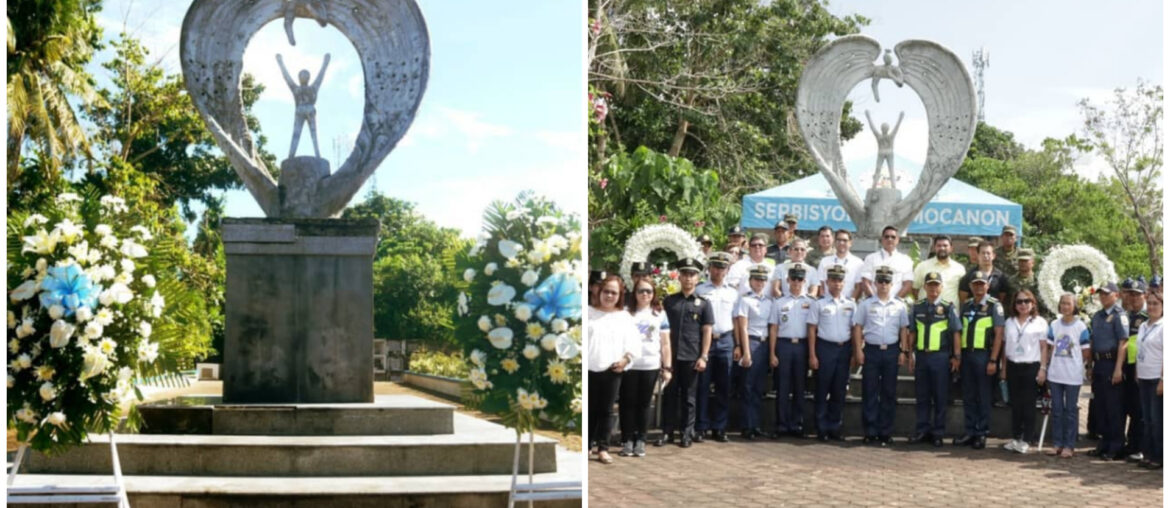The scariest thing when it comes to history is when it repeats itself.

In recent events, the Philippines has been hit by heavy rainfall due to the tropical depression Gener, leading to the suspension of classes at all levels. Given the country’s prone to flash floods, it’s no surprise that we are facing these challenges again. However, that doesn’t mean we won’t take action. Think of these floods as not just traumatic memories, but also a wake-up call to address the environmental issues that caused such disasters in the first place. We don’t want another devastating tragedy in our hands.
On November 1, 1991, a tropical disturbance formed over the Eastern Caroline Islands and became Cyclone Thelma, known in the Philippines as “Uring,” one of the deadliest cyclones in the nation’s history. Four days later, on November 5, a devastating flash flood struck Ormoc City with little warning, claiming over 5,000 lives.

It’s been almost 33 years since that day, Ormoc still remembers this tragedy, commemorating the victims with a poignant mass grave at the Ormoc City public cemetery where the victims were buried. Carved on the plaque, written in gold, “in loving memory… of our brothers and sisters who perished during the November 5, 1991 flash flood, whose lives have been lost by the dreadful wrath of nature; a painful event, but a crucial reminder of our obligations in the care of the environment. For when nature is disturbed, it strikes back in fury and spares no one.”
When you wound a tiger, it will always track you down for vengeance.
The memorial is not only about remembering the souls of the victims, but also to raise awareness. As the plaque states, we cannot ignore the factors that lead to flash floods. It is time for the community to take a step back from environmental degradation and change our ways. To prevent history from repeating itself, we must engage in mindfulness and remain aware of our actions. Because the saddest part when it does repeat is that we still did not learn.



Comments are closed.